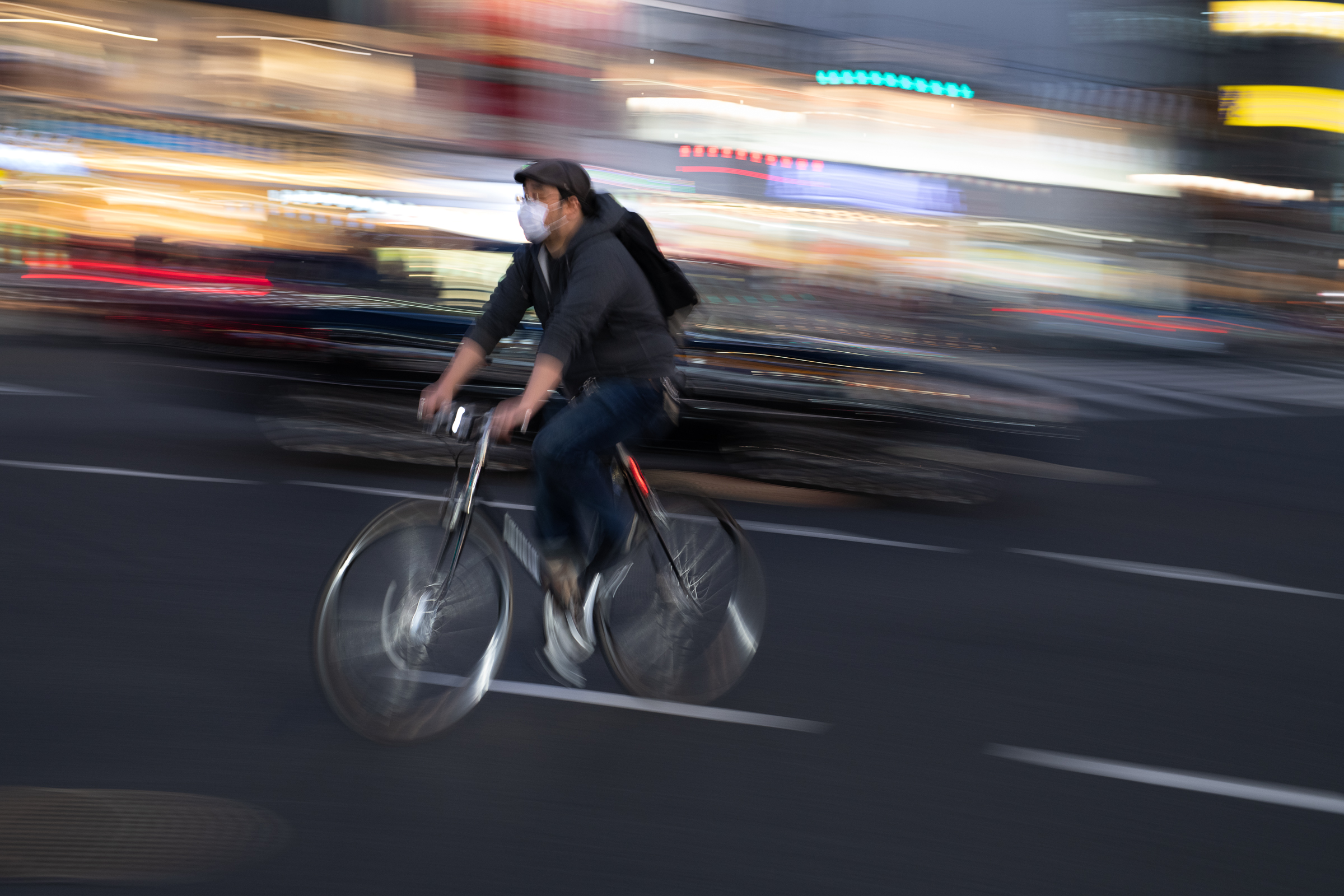There are sometimes pictures where you feel that, although they are technically not bad, they are not completely satisfying your visual needs. I am writing about an image where exactly that happened to me.
I had taken this pictures at Oreti Beach in Invercargill New Zealand. It was a picture in a series of ICM (intentional camera movement) pictures of a sunset at the sea. When using ICM in sunsets you can create pictures with quite sharp and prominent lines in the sky that blend with the light and colour of the sunset which gives overall a nice visual effect.
In this picture I happened to feel during the editing process that something was “wrong”. Although colours and light were nice and although the contrasts were good too, I had the feeling that something is missing or, as I sad before, “wrong”.
If we take a closer look we see that the upper line of light does not converge in a visually satisfying way. I tried to help that by cropping the picture in many different ways. Eventually I settled with a crop that cuts off the very abrupt end of this line in the dark sky. However I still have the feeling that my eye does not find the satisfaction of a completely pleasing composition. There is some tension left at the end of that line. You don’t lean back in your chair with this sigh of aesthetical satisfaction that you have in an overall pleasing composition.
I have posted this picture to my Flickr gallery because on the one hand I like the colours and tones and on the other hand because I find it a good example of a “not satisfying” nature shot. Particularly shooting the sky means that we need to handle what we got. When curating our pictures we should just be aware of the limitations of our work that sometimes don’t have to do anything with our photographic abilities. Nature just throws them at us. :-)




